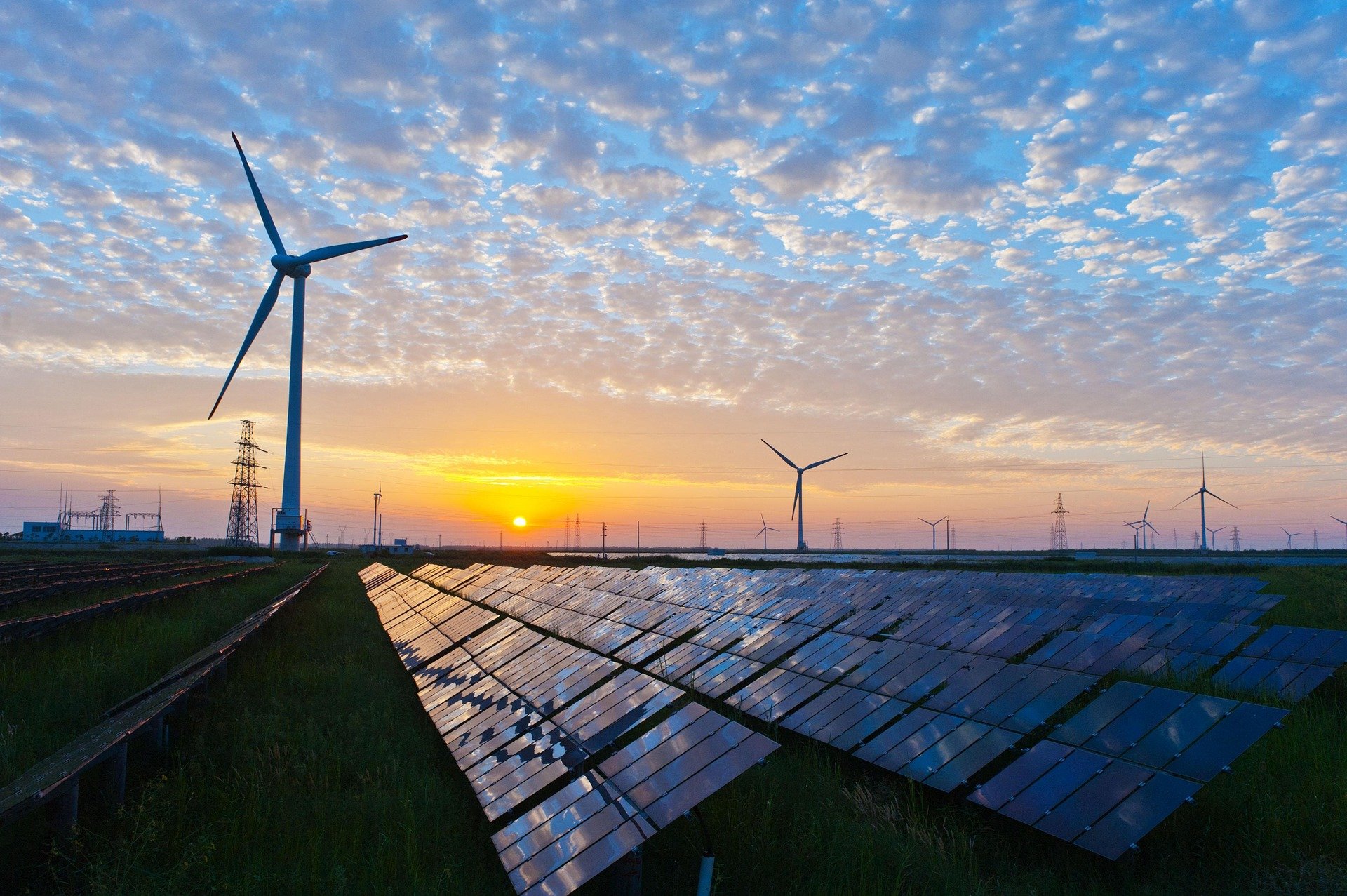Introduction:
As the world grapples with the urgent need to address climate change and transition towards more sustainable practices, clean energy technologies have emerged as beacons of hope. From harnessing renewable sources to developing cutting-edge storage solutions, this article explores the innovative technologies driving the shift towards a cleaner and more sustainable energy future.
Harnessing Renewable Energy Sources:
The Rise of Solar Power: Solar energy stands at the forefront of the clean energy revolution. Advances in photovoltaic technology have made solar panels more efficient and affordable, enabling widespread adoption. The ability to capture sunlight and convert it into electricity has transformed solar power into a scalable and accessible energy source.
Wind Energy’s Turbulent Rise: Wind energy, harnessed through turbines that convert wind power into electricity, has experienced exponential growth. Onshore and offshore wind farms have become prominent features of the energy landscape, capitalizing on the Earth’s natural air movements to generate sustainable power. Innovations in turbine design and efficiency continue to enhance the viability of wind energy as a reliable and cost-effective source.
Energy Storage Solutions:
Batteries and Beyond: The intermittent nature of renewable energy sources like solar and wind necessitates effective energy storage solutions. Advances in battery technology, particularly with lithium-ion batteries, have transformed energy storage capacities. These batteries not only power electric vehicles but also store excess energy generated by renewables for use during periods of low production.
Emerging Technologies in Storage: Beyond traditional batteries, emerging technologies such as flow batteries, thermal energy storage, and gravitational energy storage are gaining attention. These innovative solutions offer alternatives for storing large amounts of energy, addressing the challenges of intermittency and enhancing the overall reliability of renewable energy systems.
Smart Grids and Energy Management:
Grids of the Future: The evolution of traditional power grids into smart grids represents a pivotal advancement in energy management. Smart grids leverage digital communication and automation to optimize the generation, distribution, and consumption of electricity. These grids facilitate real-time monitoring, reduce transmission losses, and enhance the integration of renewable energy sources into the overall energy mix.
Demand-Side Management: Smart energy systems extend to demand-side management, where consumers actively participate in balancing energy supply and demand. Through smart meters and IoT-enabled devices, individuals and businesses can monitor and adjust their energy usage, contributing to a more efficient and sustainable energy ecosystem.
Hydrogen as a Clean Energy Carrier:
Fueling the Future with Hydrogen: Hydrogen, often referred to as the “fuel of the future,” is gaining prominence as a clean energy carrier. Green hydrogen, produced using renewable energy sources, has the potential to decarbonize sectors that are challenging to electrify directly, such as heavy industry and transportation. Advances in hydrogen production technologies, including electrolysis, are key to unlocking the full potential of this versatile energy carrier.
Challenges and Pathways Forward:
Overcoming Intermittency and Storage Challenges: While clean energy technologies have made significant strides, challenges remain. Intermittency and storage limitations for renewable sources need innovative solutions. Continued research into advanced storage technologies, grid flexibility, and hybrid energy systems will be crucial for overcoming these hurdles.
Infrastructure Development and Policy Support: The widespread adoption of clean energy technologies requires robust infrastructure development and supportive government policies. Investments in grid enhancements, energy storage facilities, and incentives for renewable energy projects are essential components of a sustainable energy transition. Governments worldwide play a pivotal role in shaping the regulatory landscape to encourage the deployment of clean energy solutions.
Global Impact and Future Prospects:
International Cooperation for Climate Action: Clean energy technologies have far-reaching implications for global efforts to combat climate change. International collaborations and agreements, such as the Paris Agreement, underscore the importance of collective action in achieving carbon neutrality and mitigating the impacts of climate change.
Continued Innovation and Research: The trajectory of clean energy technologies depends on ongoing innovation and research. Breakthroughs in materials science, engineering, and interdisciplinary collaborations will drive the development of more efficient, affordable, and sustainable energy solutions. The convergence of digital technologies, artificial intelligence, and energy systems holds immense potential for shaping the energy landscape of the future.
Conclusion:
Clean energy technologies represent a beacon of hope in the quest for a sustainable and resilient future. From the sun and wind to innovative storage solutions and emerging energy carriers, the advancements in clean energy technologies signal a transformative shift in how we produce, consume, and think about energy. As the world strives for a cleaner, greener future, the continued evolution and integration of these technologies will play a pivotal role in creating a sustainable energy ecosystem for generations to come.








